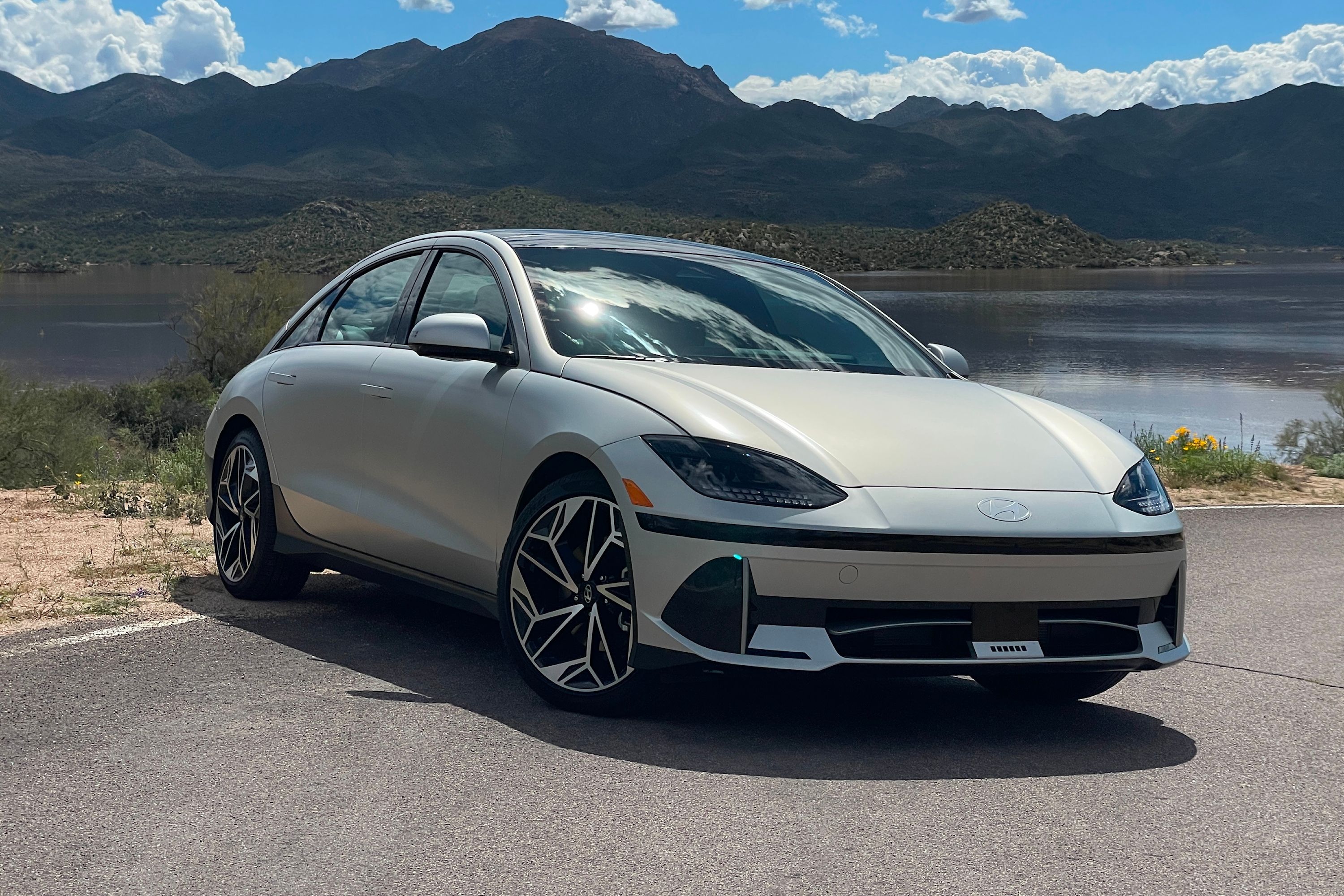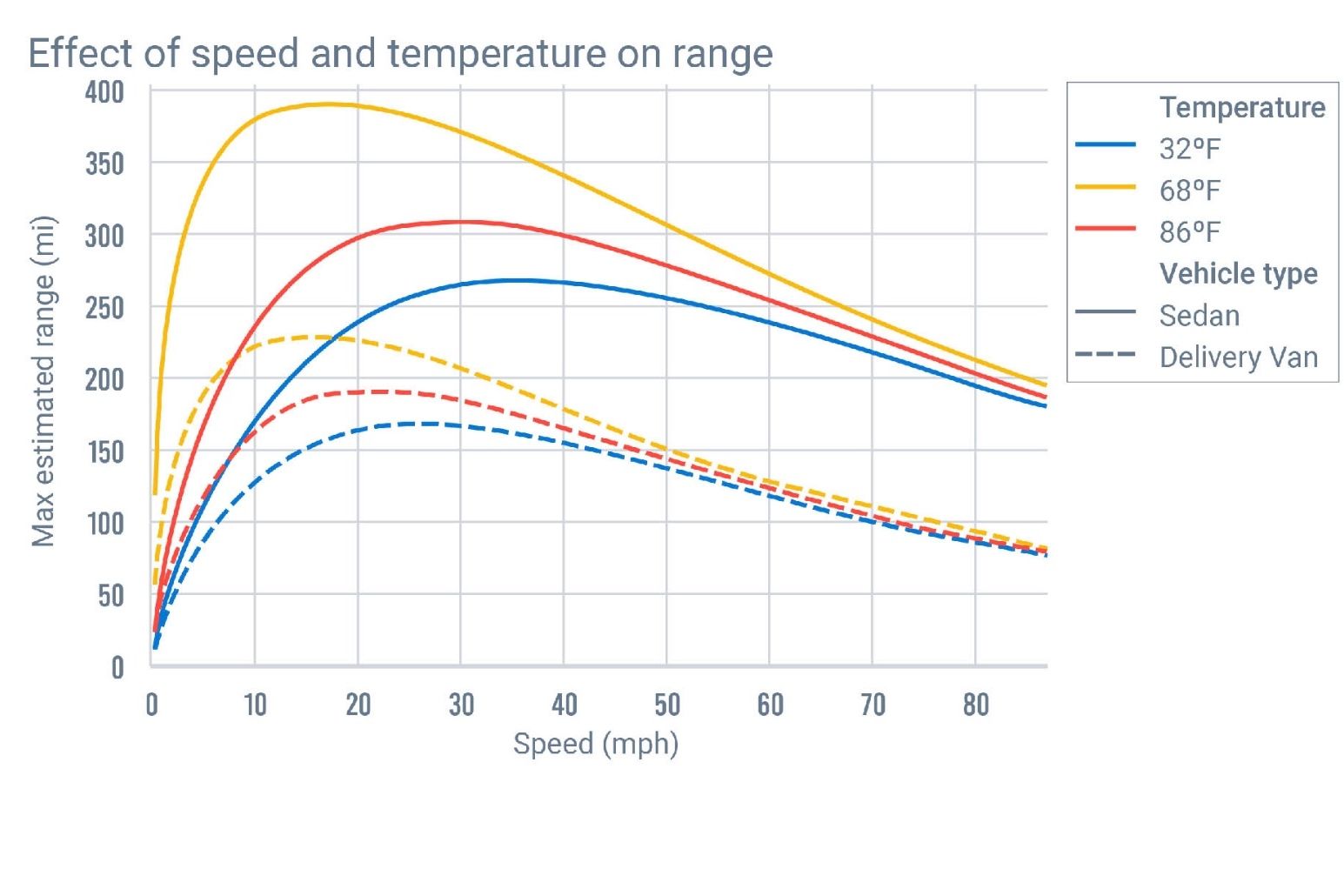
Driving slower in the cold may not be the best for the range of your EV, at least according to data recently dissected by the transportation telematics company Geotab. Since electric cars' inception, one of the biggest hurdles they've had to overcome is range anxiety. Nobody wants to get stuck miles from their destination without a charger in sight, and this anxiety gets much worse in colder climates.
Geotab wanted to take a deeper look into the relationship between temperature and speed and actually see how the two affect one another when they hit extremes. Now, with new EVs like the Hyundai Ioniq 6 coming in with over 350 miles of range and the Model S continuing to break cold weather range records, this anxiety may be a thing of the past in the near future. Still, it's worth understanding how to get the most out of your vehicle's range.
Geotab has extensively researched the subject and found that temperature has both positive and negative effects on the range. This means that in optimal temperatures, a vehicle could have as much as a 15% increase in range and can be almost cut in half on extremely cold days.
Speed is the other important factor because with an increase in speed brings an increase in drag, which common sense would assume means a decrease in range. This is true, but it appears that when the temperature is below 32 degrees an increase in speed can actually have a positive effect up to a certain point.
The company created models based on EV sedans and cargo vans. It analyzed 350,000 trips from 500 sedans and 2.8 million trips from 2,000 vans. This equates to over 500,000 hours of driving analyzed, with all models adjusted to represent a 65 kWh battery pack, and a constant speed is assumed.
The company analyzed different speeds from 0 mph to 80 mph at three temperatures, 32F, 68F, and 86F. The data showed that the ideal speed to maximize the range for sedans changed for each temperature, with 68F being 19 mph and 32F being 37 mph. With the cargo vans, at 68F the most efficient speed was 16 mph, and at 32F the most efficient speed was 25 mph.
This data is affected by the energy the vehicle needs to expend to keep the battery and cabin at an ideal temperature and the drag increase at higher speeds. It seems for both vehicles, the role of temperature becomes less impactful the faster they go. At low speeds, a change in temperature will have a much greater impact than at high speeds.
There's an ideal mixture of energy expended when it comes to speed and temperature, so this means depending on how aerodynamic your vehicle is or how energy efficient it is, the ideal speed for range will change.
Companies have struggled to attack these range issues, with some automakers like Ford resorting to giving winter driving tips to better help owners tackle the cold weather range issue. Tesla has even come into hot water for its supposed exaggeration of range estimates in cold weather too, so it's really not an issue to take lightly.
The silver lining is that most of this technology is very new, and so given a few years and a cool billion here and there in R&D, articles like these may become much more a thing of the past.


